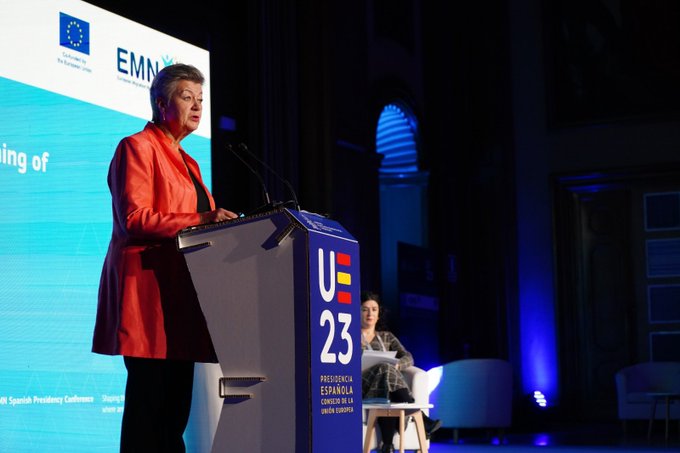Italy and Albania have signed an agreement that will see Albania providing temporary shelter for thousands of asylum-seeking migrants. At the same time, Italy fast-tracks up to 36,000 applications a year for asylum within its borders. Under the agreement, Italy will outsource the processing of up to 36,000 asylum applications per year of migrants arriving by sea in Albania.
The Italian government has committed to funding the construction of two centres, under Italian jurisdiction, with a total capacity of 3,000 migrants, one of which will be located in the Albanian port of Shengjin, approximately 75 kilometers south of Tirana, the capital of Albania. Albania will provide external security for the centres. The migrants will be transported to Albania on Italian ships. Italy has agreed to take back anyone whose applications for international protection are rejected.
Last week, Italian Prime Minister Giorgia Meloni and her Albanian counterpart, Edi Rama, announced a nine-page protocol that has caused adverse reactions in Albania and Italy and across EU member states. Initially, the European Commission stated that it was awaiting further details regarding the protocol.
On Wednesday, 15 November, Ylva Johansson, the European Commissioner for Home Affairs, stated that she does not believe the agreement between Italy and Albania on the transfer of migrants rescued at sea to be illegal, despite criticisms. According to Commissioner Johansson, the agreement is legal based on the initial analysis conducted by the European Commission’s legal services. They found that the agreement concerning the management of asylum claims is not in breach of EU law because it is considered “outside” EU law.
“EU law is not applicable outside EU territory,” Johansson said.
The Commissioner noted that Italy’s membership in the EU means that the rules applied in the Albanian centres will be European and follow the framework already in place in Italy.
However, it still needs to be clarified whether Italy will be allowed to deviate from EU norms on Albanian soil and apply a different asylum procedure. The European Commission has distanced itself from the deal’s implementation, which raises questions about whether potential violations inside the premises could prompt legal action. Additionally, it’s unclear whether Italy will be allowed to transfer migrants rescued in Italian waters to a third country.
This protocol states that migrants hosted in the designated hubs will not be permitted to leave the premises while waiting for their claims to be assessed and processed. This process is expected to take up to 28 days. It is clarified that pregnant women, children, and vulnerable individuals will not be subject to this protocol. The official launch of this program is scheduled for spring 2024, although it is subject to the protocol being legally translated and ratified by the Albanian parliament.
If applied, the agreement would be the first time an EU member state offloads asylum responsibilities to a third country. Denmark and Austria sought this as a reaction to the UK-Rwanda plan, which was deemed unlawful. Italy’s proposal raises concerns about the extraterritorial application of EU law. Asylum claims in Albania will aim to be protected in Italy rather than in Albania.
Amnesty International warns that the Italy-Albania protocol could result in prolonged detention and violations of asylum seekers’ rights without Italian judicial oversight.

